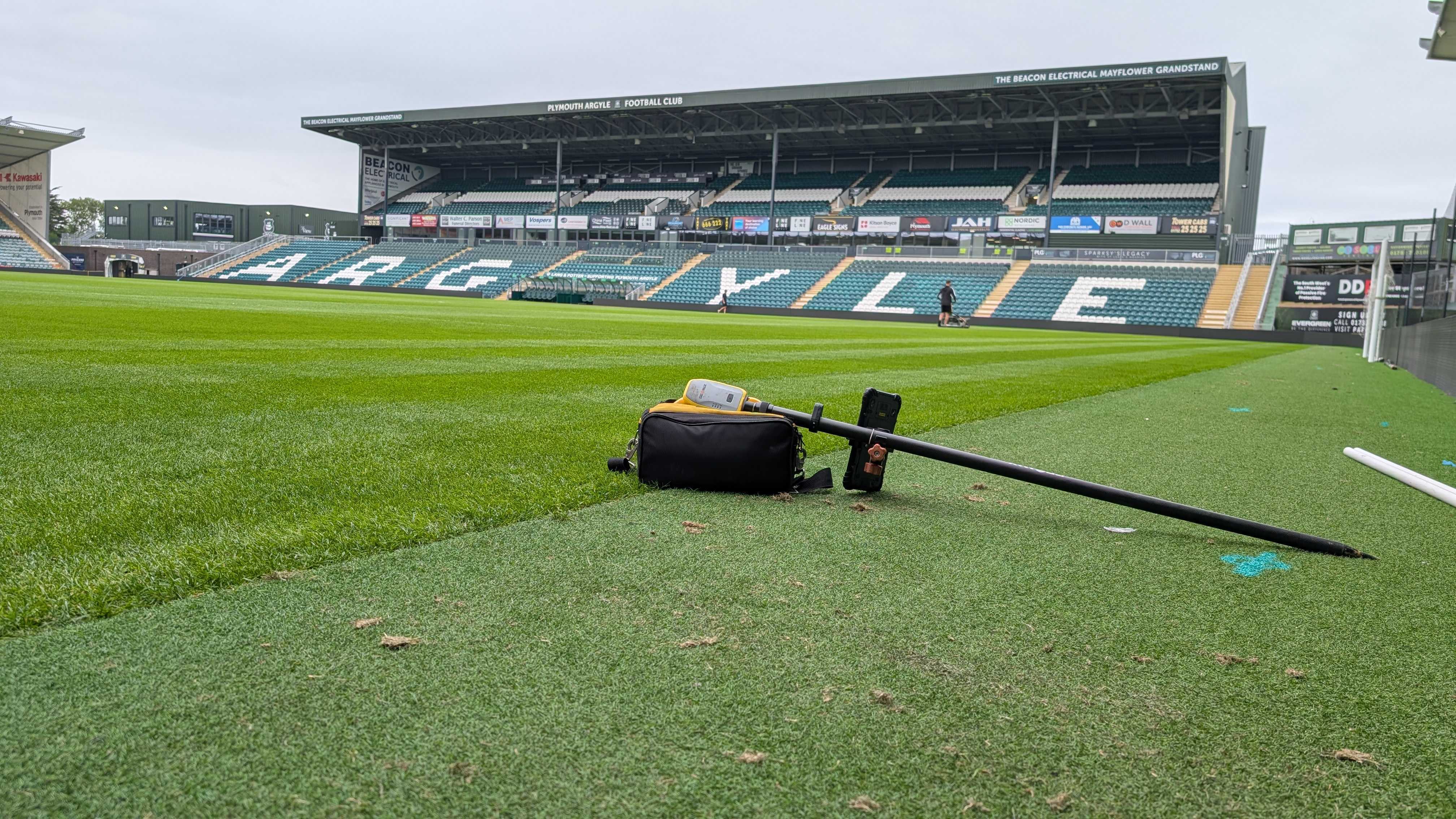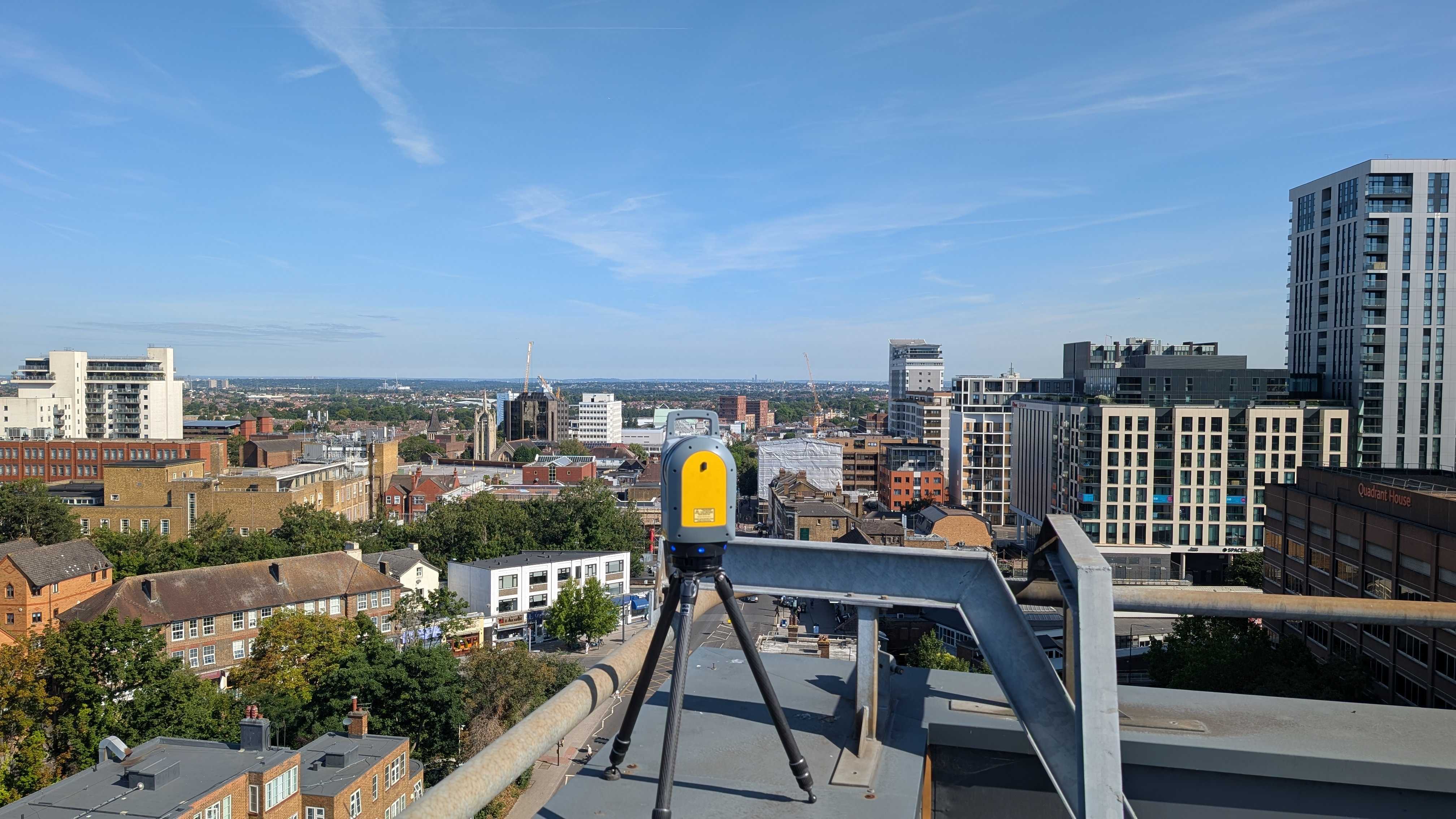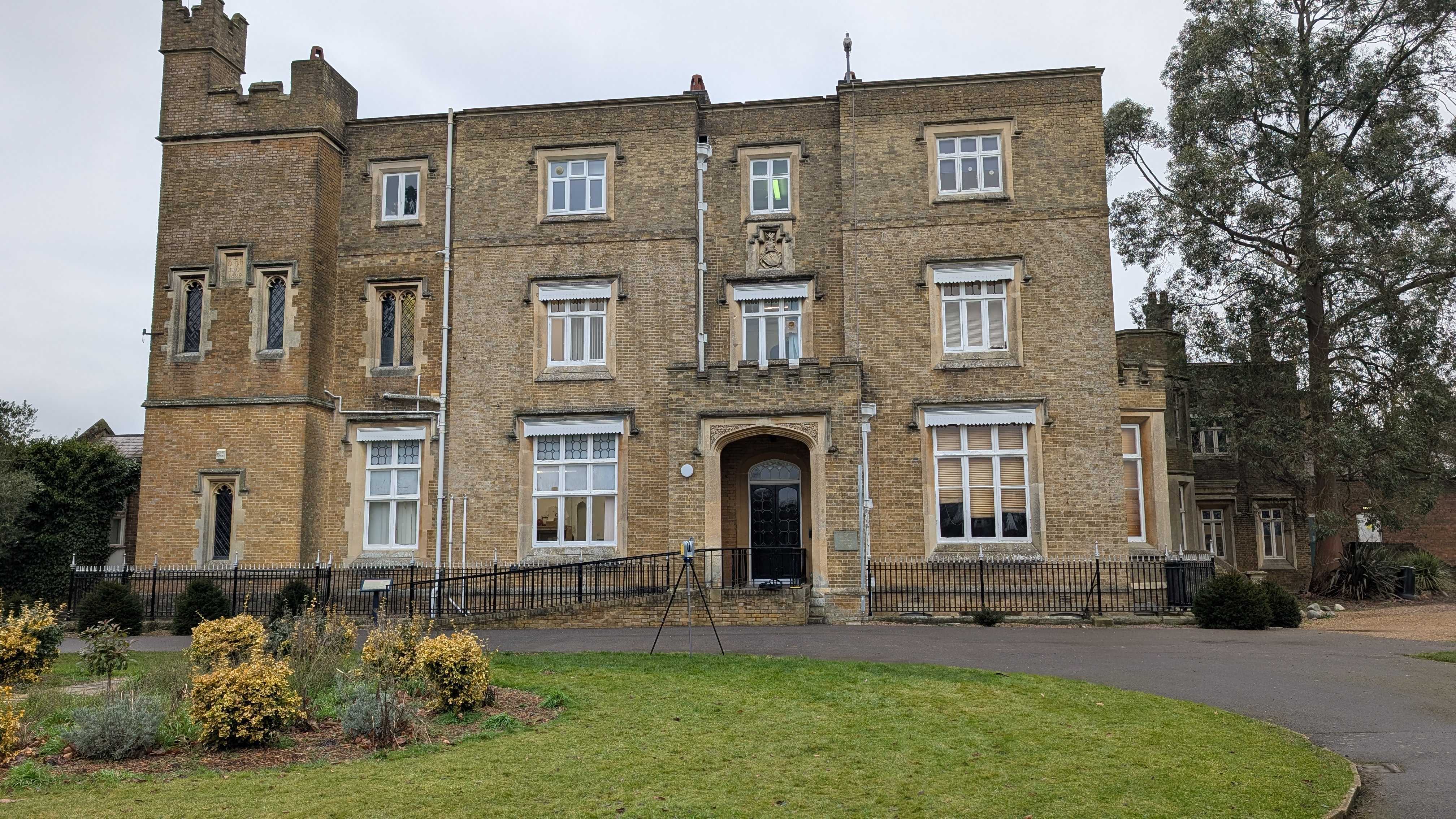Many property owners and developers assume that once a survey is completed, it remains accurate indefinitely. In reality, land conditions, property boundaries, and regulations can change over time, making older surveys unreliable.
An outdated survey can lead to costly mistakes—unexpected disputes, construction delays, and even legal penalties if regulations have shifted.
So, how often should surveys be updated?
In this guide, we’ll break down when and why you should update your surveys, ensuring your records stay accurate and your projects run smoothly!
When Do Surveys Become Outdated?
Surveys provide key information about a property at a specific point in time, but that information can quickly become outdated due to natural, structural, or legal changes. Land, infrastructure, and regulations don’t remain static, meaning a survey that was once accurate may no longer reflect current conditions.
One of the most common reasons for a survey becoming outdated is physical changes to the land or property. Construction work, landscaping, road expansions, and even natural events like erosion or flooding can alter property boundaries and terrain. If a survey was conducted before these changes, it may no longer provide an accurate representation of the land.
Another factor that can render a survey obsolete is property transactions. When land or buildings change ownership, older surveys may not reflect modifications made by previous owners, leading to discrepancies in property features.
Finally, advances in surveying technology mean that older methods may not provide the same level of precision as modern techniques. GPS, GNSS, laser scanning, and GPR surveys have improved significantly over the years, and older surveys may lack the detail or accuracy now required for certain projects.
Let’s look at some scenarios where a new survey is required of you.
Key Scenarios That Require a New Survey
Here are the most common scenarios where a new survey is necessary:
Before Major Construction or Renovation
If you're planning to build an extension, add a new structure, or make significant changes to your land, an updated survey is essential. It ensures you’re working within legal boundaries, avoiding neighbour-related issues, and complying with local regulations. For construction projects, topographic and measured building surveys provide precise details about existing site conditions, helping architects, engineers, and contractors plan effectively.
After Property or Land Modifications
Changes to a property—such as adding fences, driveways, retaining walls, or landscaping—can impact boundaries and accessibility. Even minor adjustments can create disputes if they encroach on a neighbouring property or public land. A fresh boundary survey verifies that any modifications align with legal property lines.
For Legal or Compliance Purposes
Laws and regulations evolve, and what was acceptable a few years ago may no longer be valid. Municipalities may require updated surveys for permits, land use changes, or environmental compliance. If your property is subject to changes, flood zone changes, or new development regulations, an updated survey ensures you meet all legal requirements.
When Buying or Selling Property
An outdated survey can delay or even derail property transactions. Buyers, sellers, and mortgage lenders often require the most up-to-date survey to confirm property boundaries, structural additions, and legal details. Ensuring accuracy before finalising a deal helps avoid conflicts and unexpected expenses later.
For Infrastructure and Utility Management
Facility managers overseeing long-term projects or public utilities must keep survey records current. Underground utility layouts change as new pipes, cables, or drainage systems are installed. A GPR survey can prevent accidental damage during maintenance or construction work by accurately mapping subsurface features.
So, how do you know what survey you need to get in order to stay up-to-date?
How Often Should Different Types of Surveys Be Updated?
The frequency at which a survey should be updated depends on the type of survey, the purpose it serves, and any changes to the land, structures, or regulations.
Topographic Surveys – Should be updated whenever there are significant land changes, such as grading, erosion, new construction, or alterations to drainage systems. Developers and architects should ensure their topographic surveys are current before beginning new projects.
Measured Building Surveys – Need updating whenever a renovation, extension, or structural modification takes place. If a building’s layout changes or new additions are made, an updated measured building survey ensures floor plans, elevations, and spatial data reflect the current structure.
GPR (Ground Penetrating Radar) Surveys for Utilities – Should be updated every few years for infrastructure projects, or before any excavation work. Underground utility layouts change as new pipes, cables, or drainage systems are installed. Keeping utility records up to date helps prevent costly and dangerous service disruptions.
Construction Setting-Out Surveys – Typically valid only for the duration of the project, as they are used to guide accurate placement of structures, roads, and utilities. If construction is delayed or site conditions change, an updated survey may be needed before work resumes.
While these are general guidelines, the need for an updated survey ultimately depends on how much the property has changed and whether legal or project requirements have evolved.
The Risks of Relying on Outdated Surveys
Using an outdated survey might seem harmless, but it can lead to costly mistakes, legal complications, and project setbacks.
Some of the common risks are:
- Boundary disputes
- Non-compliance with laws and regulations
- Financial risk
- Accidental service disruptions
- Disturbed property transactions
If you want to avoid these risks, make sure that your surveys are up to date.
Book Your Survey Today
Keeping your survey data up to date is essential.
Whether you're a homeowner planning renovations, a developer managing large-scale projects, or a business overseeing property assets, ensuring that your surveys reflect the most current information can save you time, money, and stress.
If your survey is several years old or if your property has undergone changes, now is the time to consider an update. At Intersect Surveys, we provide accurate, up-to-date surveying solutions to help you make informed decisions with confidence.
Get in touch with our team today to discuss your surveying needs and ensure your property records are always current.
Contact us now to schedule a consultation!
FAQs
1. How do I know if my survey is outdated?
If your property has changed physically, been renovated, or changed ownership since the last survey—or if it's more than a few years old—it’s a good idea to get an update. Regulations and site conditions may have changed without you realising.
2. Do I need a new survey before starting construction?
Yes. A current survey—such as a topographic or measured building survey—ensures your project complies with legal boundaries, avoids neighbour disputes, and meets planning requirements.
3. How often should GPR surveys be updated?
GPR surveys should be updated every few years for infrastructure sites or anytime new underground utilities are added. This helps prevent costly and dangerous damage during excavation or maintenance.








